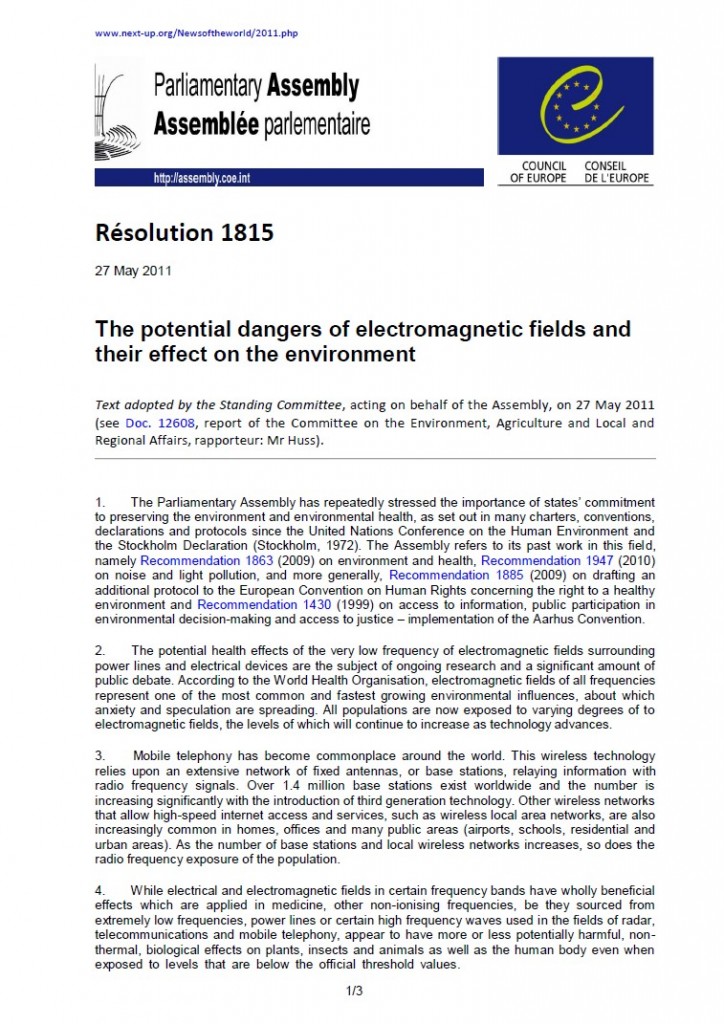Portada del sitio > Estudios Científicos > Cellular phones: are they detrimental?
J Egypt Public Health Assoc. 2004;79(3-4):197-223.
Cellular phones: are they detrimental?
Sábado 23 de enero de 2010 · 1567 lecturas
J Egypt Public Health Assoc. 2004;79(3-4):197-223.
Cellular phones: are they detrimental?
Salama OE, Abou El Naga RM.
The issue of possible health effects of cellular phones is very much alive in the public’s mind where the rapid increase in the number of the users of cell phones in the last decade has increased the exposure of people to the electromagnetic fields (EMFs). Health consequences of long term use of mobile phones are not known in detail but available data indicates the development of non specific annoying symptoms on acute exposure to mobile phone radiations. In an attempt to determine the prevalence of such cell phones associated health manifestations and the factors affecting their occurrence, a cross sectional study was conducted in five randomly selected faculties of Alexandria University. Where, 300 individuals including teaching staff, students and literate employee were equally allocated and randomly selected among the five faculties. Data about mobile phone’s users and their medical history, their pattern of mobile usage and the possible deleterious health manifestations associated with cellular phone use was collected. The results revealed 68% prevalence of mobile phone usage, nearly three quarters of them (72.5%) were complainers of the health manifestations. They suffered from headache (43%), earache (38.3%), sense of fatigue (31.6%), sleep disturbance (29.5%), concentration difficulty (28.5%) and face burning sensation (19.2%). Both univariate and multivariate analysis were consistent in their findings. Symptomatic users were found to have significantly higher frequency of calls/day, longer call duration and longer total duration of mobile phone usage/day than non symptomatic users. For headache both call duration and frequency of calls/day were the significant predicting factors for its occurrence (chi2 = 18.208, p = 0.0001). For earache, in addition to call duration, the longer period of owning the mobile phone were significant predictors (chi2 = 16.996, p = 0.0002). Sense of fatigue was significantly affected by both call duration and age of the user (chi2 = 24.214, p = 0.0000), while burning sensation was only affected by frequency of calls/day (chi2 = 5.360, p = 0.020). According to the 95% confidence interval of frequency and duration of calls, the study recommended not to increase the call duration more than four minutes and limit their frequency to less than seven calls/day with total duration of exposure less than 22 min./day.
PMID: 16918147 [PubMed - indexed for MEDLINE]
Ver el abstract original AQUÍ







